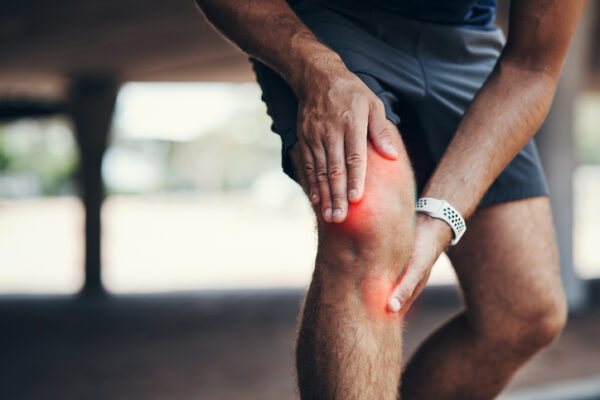
Joint pain is a common issue that can have many causes and can lead to an array of complications.
It affects such a large percentage of the population that you’d be hard pressed to find someone who’s never experienced joint pain before.
In fact, it is estimated that by the year 2030, 67 million—one in every four American adults—will have doctor-diagnosed arthritis.
But that doesn’t mean that we have to live in pain!
So, what are some great ways to relieve and prevent joint pain?
How Can Physical Therapy Help Joint Pain?
Physical therapy is a good solution for treating various joint pain symptoms. We can help prevent or delay joint replacements, manage symptoms of arthritis and chronic joint pain, while also providing tools to minimize pain or further damage to the joint.
In addition, PT can help acutely injured joints recover from injury. Improving flexibility and range of motion in the affected joints is also a key component in most physical therapy programs.
Getting enough movement
When we’re in pain, our natural inclination is to move as little as possible. However, movement and light exercise will often times be a great ally on your journey towards pain relief.
There are a variety of exercises that are safe and recommended for those who suffer from joint pain. These include water aerobics, bicycling, burst training exercises, social activities that include movement, Tai Chi, light weight lifting, and yoga (among many more!).
Need help finding an exercise plan that works for you? Request an appointment and our therapists will design a program specifically catered to your needs.
Massage for joint pain
Massaging the affected joint can be a treat, especially for joint pain occurring in the hips and knees. You can have this done at a treatment center, or have a professional who provides this type of service come to your home.
Don’t forget: this is also something that a loved one can do for you, or that you can do yourself. Massage therapy has been shown to have many therapeutic effects, including reducing joint pain and stress levels.
Maintain an ideal weight
Having a high BMI can directly affect your joint pain. The more weight on the joint, the more effort is needed to move and support the body.
Introducing movement and exercise to a daily routine, as well as working towards a healthier diet, can reduce the strain on the joints. A physical therapist or physician can introduce an exercise program that is tailored to your needs and ability level.
Anti-inflammatory diets for joint pain
Making the change to an anti-inflammatory diet is a great way to naturally alleviate joint pain. The Mediterranean diet is a good example of what anti-inflammatory eating habits should look like.
One thing to be aware of is the fact that some of the most inflammatory foods out there are dairy and gluten products. Other inflammatory foods include processed meats, fast food, artificial sweeteners, refined sugars, and chips.
Get plenty of sleep
Believe it or not, the quality and quantity of sleep is a factor in pain relief! In fact, new research suggests that irregular sleep contributes to pain in a variety of ways, including the ability to tolerate pain.
By adjusting your posture at night to keep pressure off of the painful joints, the body is able to more easily relax and allow for sleep. Exercising and remaining active throughout the day should also help you get better sleep at night.
Relief for Joint Pain
We hope you find these tips to be helpful! When it comes to joint pain, one thing remains true: early intervention can make a world of difference. If you’re in pain, don’t wait around! Contact us and be seen as soon as today.
Did you know you have Direct Access* to Physical Therapy? No referral, no problem!
Want more from The Jackson Clinics? Check us out on Facebook!
